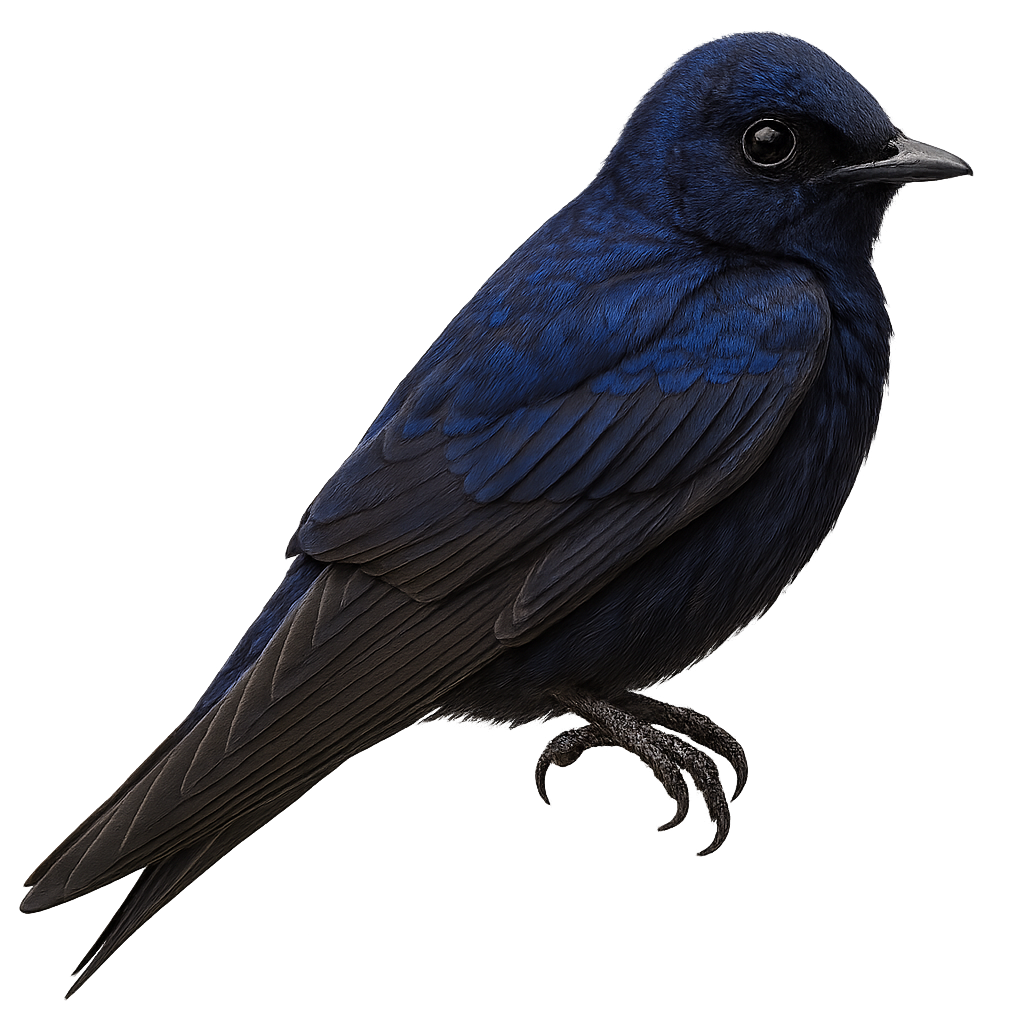Your wildlife photography guide.
Explore the purple martin in detail, study its behavior, prepare your shots.
Where to observe and photograph the purple martin in the wild
Learn where and when to spot the purple martin in the wild, how to identify the species based on distinctive features, and what natural environments it inhabits. The WildlifePhotographer app offers tailored photography tips that reflect the purple martin’s behavior, helping you capture better wildlife images. Explore the full species profile for key information including description, habitat, active periods, and approach techniques.
Purple Martin
Scientific name: Progne subis

IUCN Status: Least Concern
Family: HIRUNDINIDAE
Group: Birds
Sensitivity to human approach: Tolerant
Minimum approach distance: 10 m
Courtship display: April to May
Incubation: 15-18 jours
Hatchings: April to June
Habitat:
Forests, grasslands, wetlands
Activity period :
Primarily active during the day, with peak activity in the morning and late afternoon.
Identification and description:
The Purple Martin, or Progne subis, is a migratory bird belonging to the Hirundinidae family. It is recognizable by its glossy blue-black plumage in males, while females have duller tones with a grayish belly. This bird is the largest swallow in North America and is noted for its agile and graceful flight. It often nests in colonies in man-made birdhouses, making it dependent on humans for reproduction. Its diet consists mainly of insects caught in flight. As a migratory species, it winters in South America and returns to North America for the breeding season.
Recommended lens:
400mm – adjust based on distance, desired framing (portrait or habitat), and approach conditions.
Photography tips:
To photograph the Purple Martin, it is recommended to use a 400mm lens or longer to capture detailed images from a distance. These birds are often in flight, so a camera with a good shutter speed is essential to freeze their movement. Look for birdhouse colonies where they gather, especially in spring and summer. Morning or afternoon light is ideal to highlight their glossy plumage. Be patient and discreet to avoid disturbing them.
The WildlifePhotographer App is coming soon!
Be the first to explore the best nature spots, track rutting seasons, log your observations, and observe more wildlife.
Already 1 431 wildlife lovers subscribed worldwide

